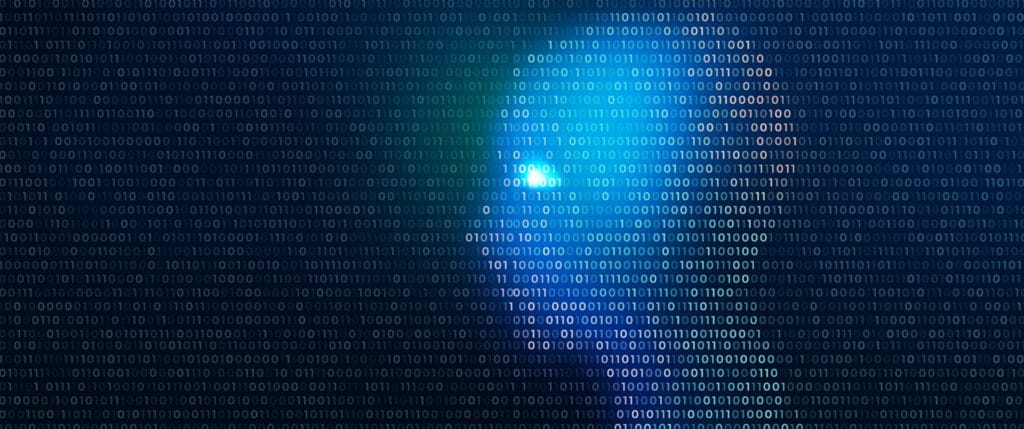Machine Learning in Cancer Diagnosis
Cancer remains one of the leading causes of death worldwide. Enhancing survival rates requires early detection. In recent years, machine learning has emerged as a groundbreaking tool in the fight against cancer. By analyzing vast amounts of data, machine learning algorithms can identify patterns that may go unnoticed by the human eye. This technology not only enhances the accuracy of cancer diagnosis but also expedites the process. As a result, patients can receive timely treatment, ultimately improving their chances of survival.
What is Machine Learning? Understanding the Basics
Before diving deeper, let’s clarify what machine learning actually is. Simply put, it is a subset of artificial intelligence (AI) that enables computers to learn from data without explicit programming. Instead of being told what to look for, it analyze data, recognize patterns, and make decisions based on the information they gather. This ability to learn and adapt makes machine learning particularly powerful in healthcare, especially in cancer diagnosis, where every piece of data can be vital.

The Importance in Early Cancer Detection
Early cancer detection significantly improves treatment outcomes. It plays a pivotal role in this area. It can analyze imaging data, genetic information, and patient histories to identify potential cancer markers. For example, algorithms can examine mammograms or CT scans to spot tumors that may be too small for a radiologist to detect. By catching cancer at its earliest stages, machine learning increases the likelihood of successful treatment.
Additionally, it can help prioritize high-risk patients. By evaluating patterns from historical data, these algorithms can flag individuals who may need more intensive screening. This targeted approach not only saves time but also enhances resource allocation within healthcare systems.
Types of Machine Algorithms Used in Cancer Diagnosis
Several types of learning algorithms are utilized in cancer diagnosis, each with its unique strengths:
- Supervised Learning: This method uses labeled datasets to teach algorithms. For instance, in cancer detection, algorithms can learn from examples of images labeled as “cancerous” or “non-cancerous.” Common algorithms include support vector machines and neural networks.
- Unsupervised Learning: Unlike supervised learning, this approach works with unlabeled data. It finds underlying structures or hidden patterns in the data. Clustering algorithms, such as k-means, can help in discovering new subtypes of cancer based on genetic data.
- Reinforcement Learning: This technique involves algorithms learning from feedback. For instance, an algorithm may adjust its approach based on the outcomes of previous predictions. Although less common in cancer diagnosis, it shows promise in personalized treatment plans.
- Deep Learning: Deep learning is a branch of machine learning that makes use of multi-layered neural networks. It excels at analyzing complex data like medical images. This technique has demonstrated impressive results in identifying tumors and other abnormalities in radiology.
How Machine Learning Enhances Diagnostic Accuracy?
Accuracy is paramount in cancer diagnosis. False positives can lead to unnecessary anxiety and invasive procedures, while false negatives can have dire consequences. Machine learning significantly enhances diagnostic accuracy by minimizing human error.
Research shows that algorithms can outperform traditional diagnostic methods. For example, a study published in a reputable medical journal demonstrated that deep learning algorithms could diagnose breast cancer with greater accuracy than radiologists. This is because algorithms analyze countless images quickly, identifying subtle patterns that may escape human eyes.
Case Studies: Successful Implementations in Cancer Diagnosis
Numerous successful implementations in cancer diagnosis are already making waves. One notable example is the collaboration between Google Health and oncologists. They developed an algorithm that analyzes mammograms, resulting in a significant reduction in false positives and false negatives. This advancement has the potential to save countless lives by ensuring women receive timely and accurate screenings.
Another case study involves using machine learning for analyzing pathology slides. Researchers developed an algorithm capable of classifying cancer types with remarkable accuracy. By training the model on thousands of labeled samples, it learned to recognize distinct cellular features, helping pathologists make faster and more reliable diagnoses.
Challenges and Limitations in Cancer Detection
Despite its potential, the integration of machine learning into cancer diagnosis is not without challenges. One major concern is the quality and quantity of data. Machine learning algorithms require large datasets to learn effectively. Inaccurate or biased data can lead to flawed algorithms, resulting in poor diagnostic outcomes.
Moreover, the “black box” nature of some algorithms poses another challenge. Many advanced machine learning models operate without clear explanations for their predictions. This lack of transparency can make it difficult for healthcare professionals to trust the recommendations, especially when making critical decisions.
The Future of Machine Learning in Cancer Diagnosis: Trends to Watch
The future of machine learning in cancer diagnosis looks promising. One significant trend is the increasing integration of genomics and machine learning. As genomic data becomes more accessible, algorithms will be able to analyze genetic variations linked to cancer risk. This could lead to personalized screening and treatment plans tailored to individual patients.
Another trend is the development of real-time diagnostic tools. Wearable devices that monitor health metrics will likely incorporate learning algorithms to detect anomalies. For example, fluctuations in vital signs could trigger alerts for further testing, enabling proactive healthcare.
How Machine Learning is Changing the Role of Healthcare Professionals
Machine learning is not replacing healthcare professionals; rather, it is enhancing their capabilities. Physicians can leverage machine learning tools to make more informed decisions. By automating routine tasks, such as data analysis, doctors can focus on patient interactions and personalized care.
Additionally, it provides physicians with valuable insights. By presenting data in a digestible format, it allows healthcare professionals to make data-driven decisions quickly. This integration empowers doctors to enhance their diagnostic processes and treatment plans, leading to improved patient outcomes.
Conclusion: The Path Forward for Machine Learning in Cancer Diagnosis
In conclusion, machine learning algorithms are pioneering the future of cancer diagnosis. By improving accuracy, enhancing early detection, and providing valuable insights, they are transforming the landscape of oncology. While challenges remain, the potential benefits far outweigh the hurdles.
As technology continues to evolve, machine learning will play an increasingly critical role in healthcare. It is essential for medical professionals and technologists to collaborate, ensuring these tools are effectively integrated into clinical practice. The future of cancer diagnosis is bright, and machine learning is at the forefront of this revolution, paving the way for better patient care and outcomes.

